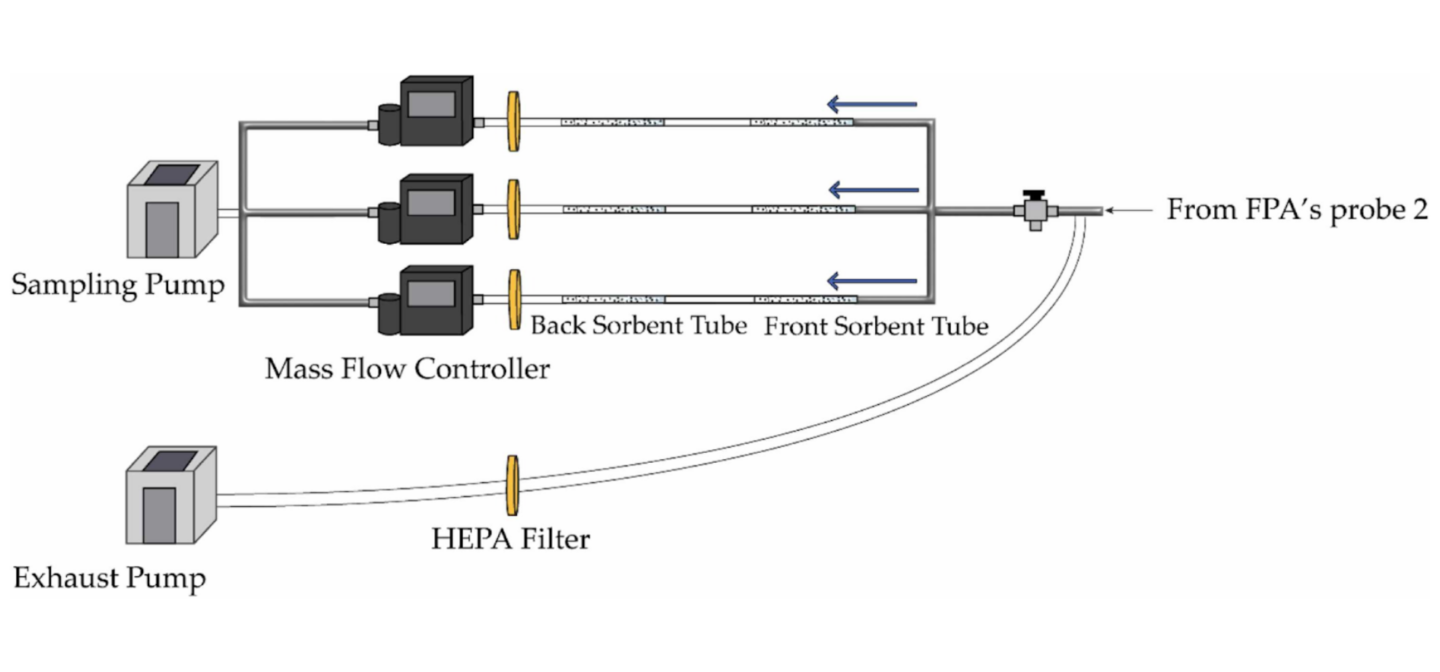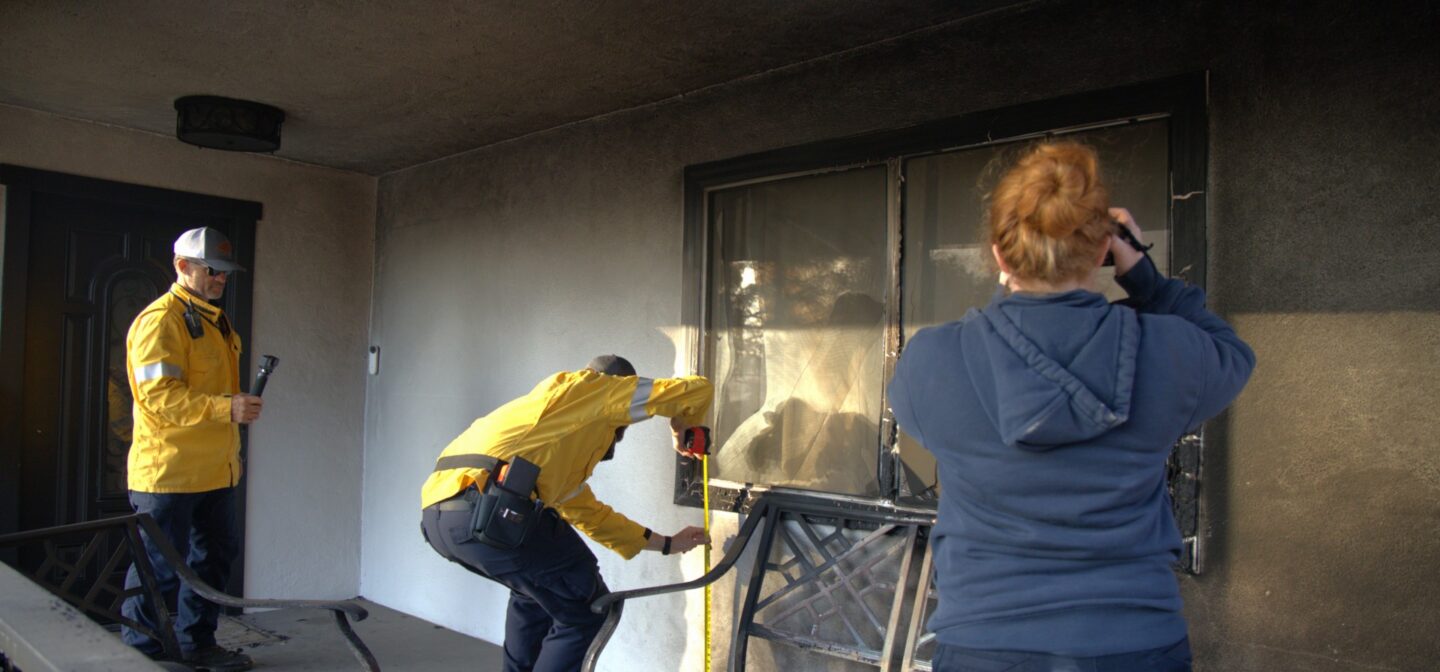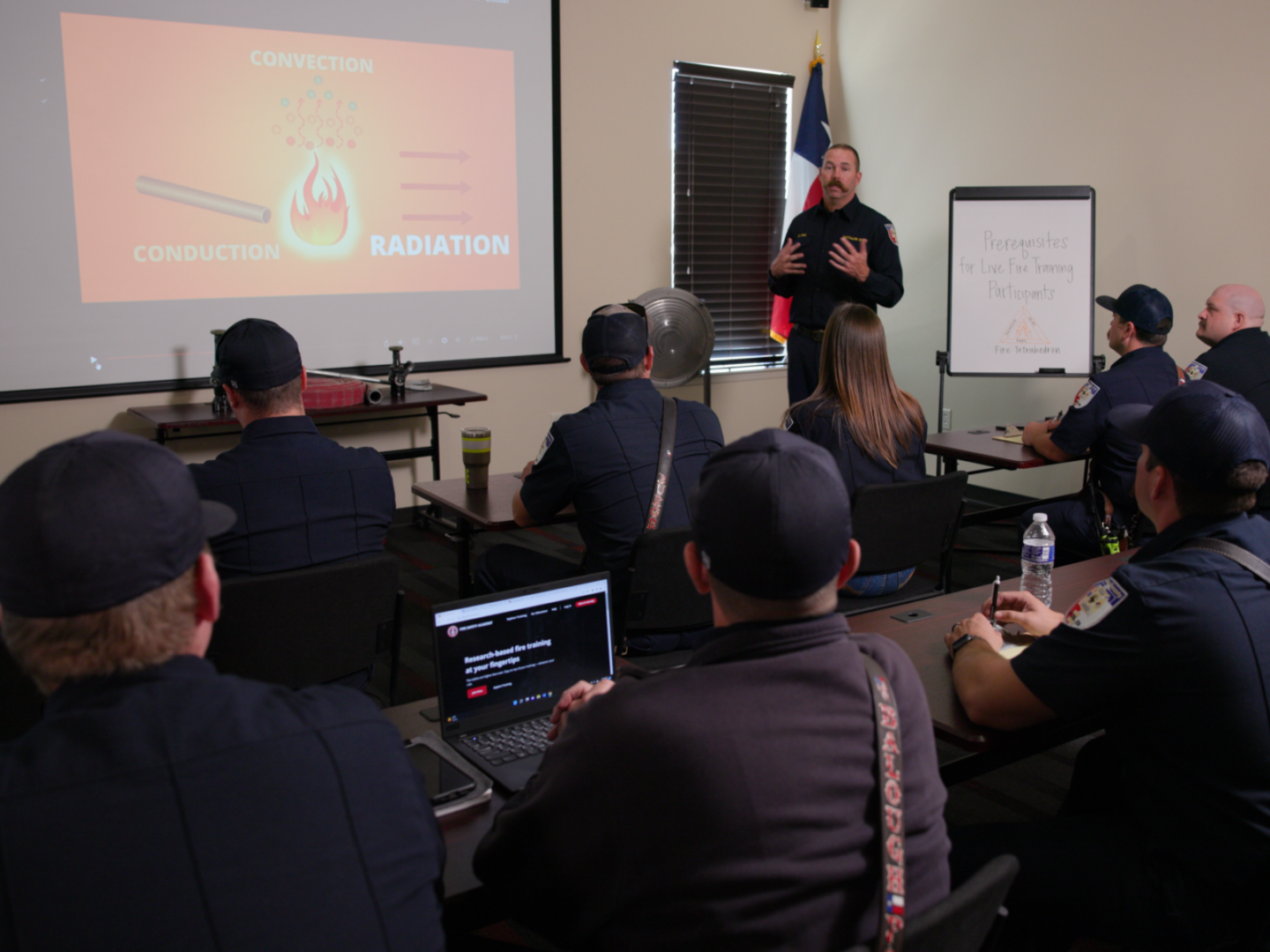
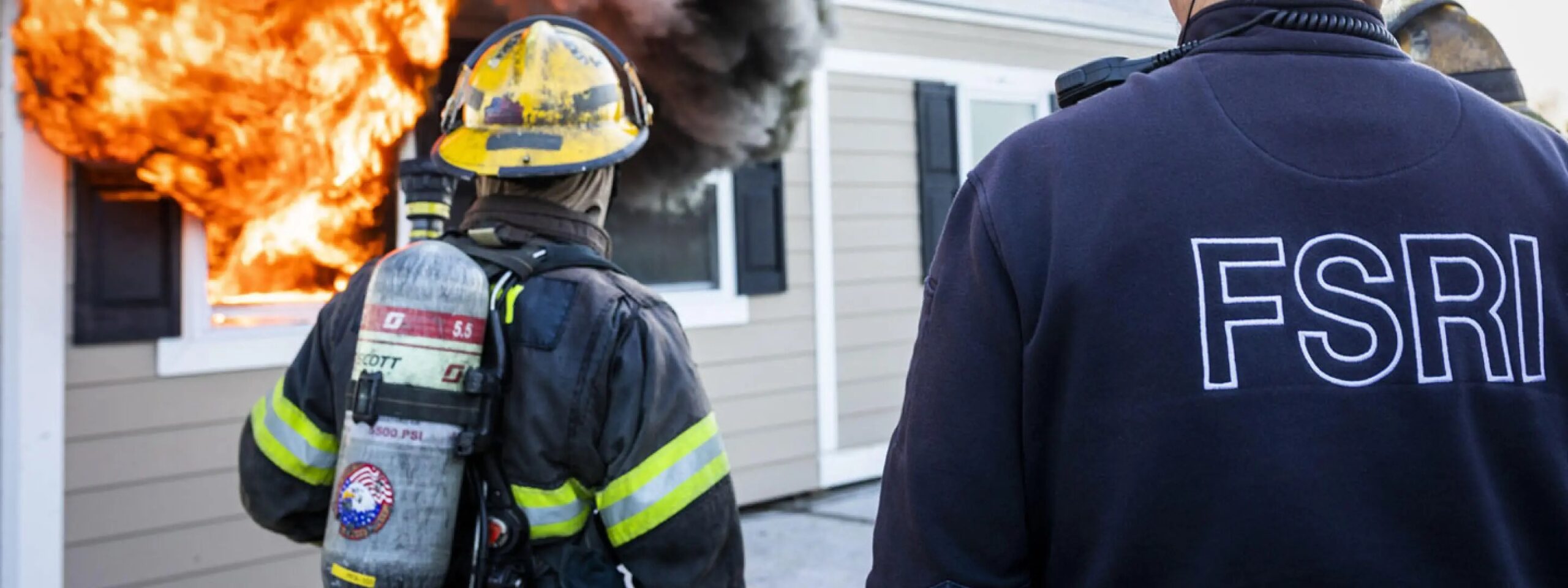
Fire Safety
Advancing Fire Safety
The Fire Safety Research Institute (FSRI) is dedicated to addressing the world’s unresolved fire safety risks and emerging dangers. We are relentless in our pursuit of fire safety, and our thinking and practice is always evolving to keep pace with the world around us. Through research and insights, we test scenarios and conditions, we find answers to questions, and when a new question arises, we work to find answers. No matter the fire safety challenge, we strive to find solutions, collaboratively. FSRI is committed to sharing our fire safety insights with everyone to advance UL Research Institutes’ public safety mission of providing safe living and working environments for people everywhere. Learn more below and visit FSRI.org.
WHERE SCIENCE MEETS THE STREET
Improving fire safety through research and outreach
Through our people, our work, and our partnerships, FSRI provides science-based insights that enable stakeholders to make better, more fire-safe decisions that ultimately save lives and property.
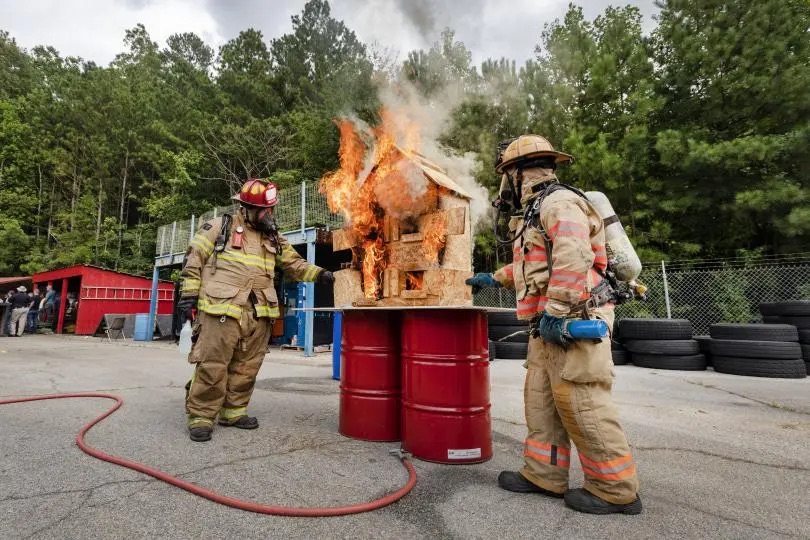
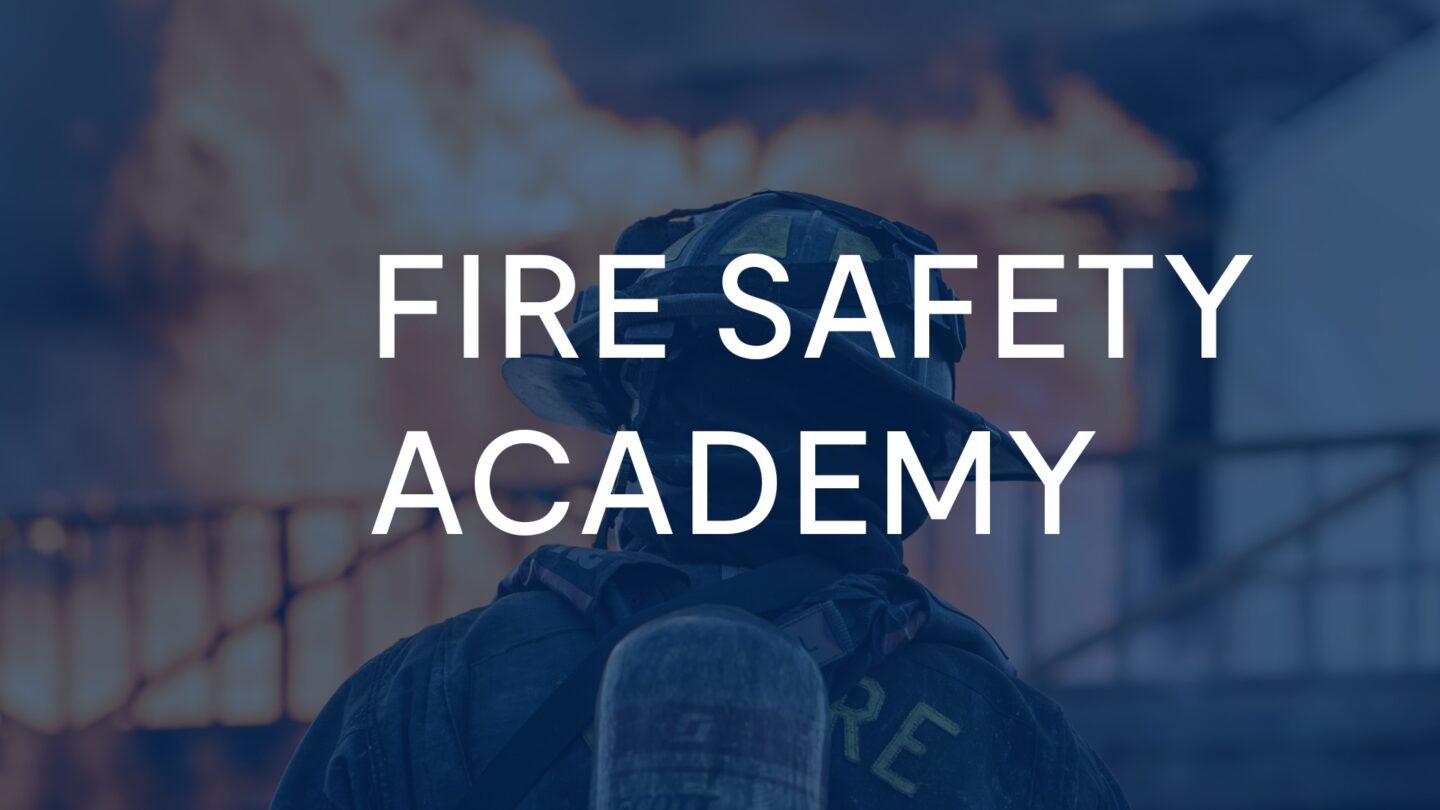
DISSEMINATING RESEARCH
THROUGH CUTTING-EDGE TRAINING
Dedicated to improving firefighter safety and decision making
The FSRI Fire Safety Academy is an online learning management system equipped with numerous training courses designed for real-world application. As the fire environment continues to evolve and increase challenges for the fire service, training is more important than ever. Firefighting is a science, and the more the fire service can learn about fire dynamics and how their tactics impact the fire, the more effective their tactical decisions will become.
News & Featured Updates


Learn More at FSRI.org
Access fire safety resources and insights developed from over a decade of fire research.
Stay informed
Sign Up for Updates
Learn about the latest fire safety research and innovations, gain new insights from expert analysis, and learn practical safety tips. Join our community committed to addressing the world’s unresolved fire safety risks and emerging dangers.
By submitting this form, I am opting in to receive communications from UL Research Institutes (ULRI) containing news and updates about its work and initiatives. I understand that I can manage my preferences at any time and agree to ULRI’s online policies.
Partnerships
Everyone benefits when world-class institutions work together to take on big challenges. Join us.
Grants
We’re funding scientific research to make the world safer, healthier, and more sustainable. Learn about funding opportunities.
Careers
Work to make the world a safer place. Start a rewarding career at UL Research Institutes with other socially minded colleagues focused on innovation, collaboration, and ethics.
